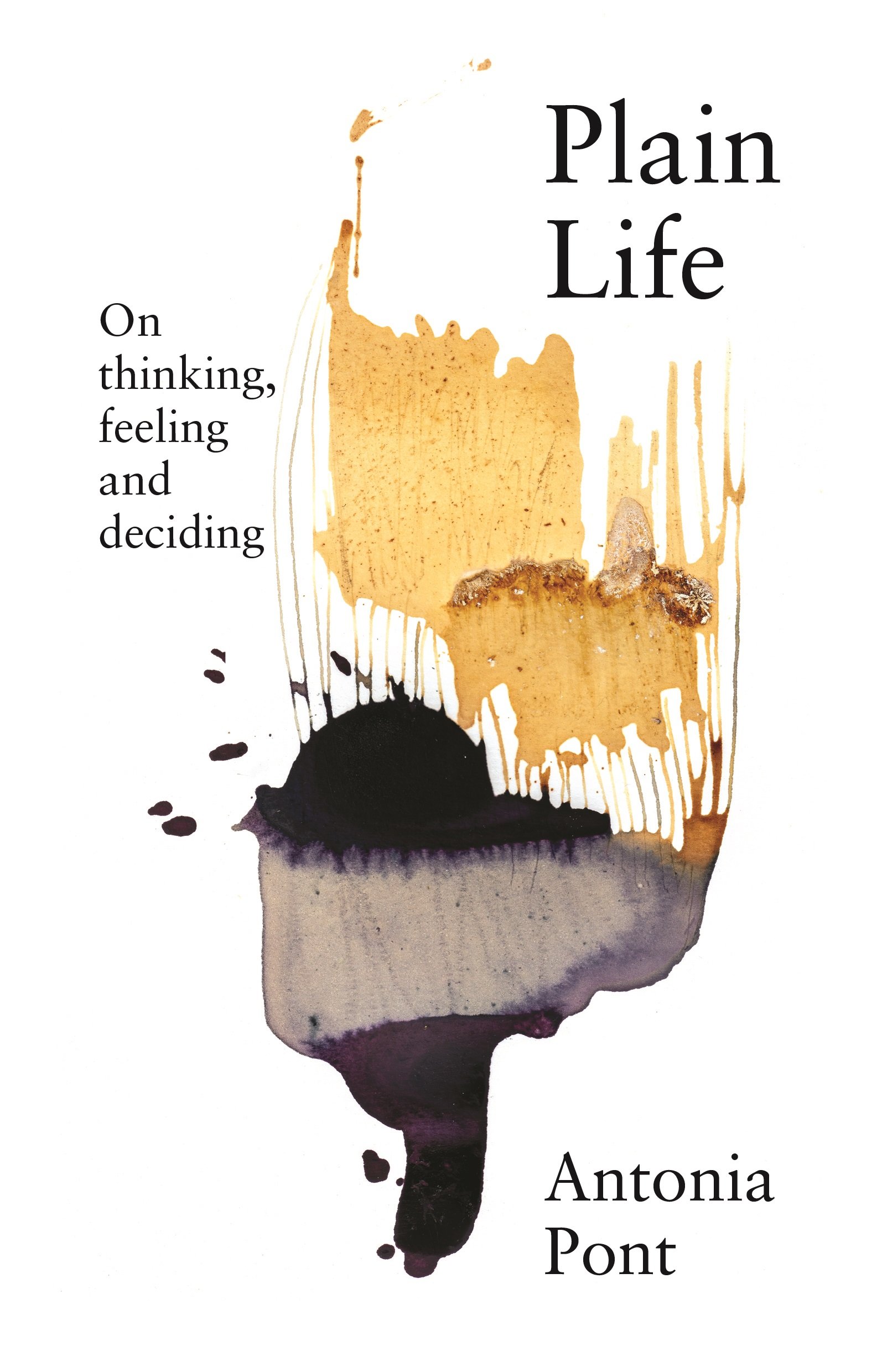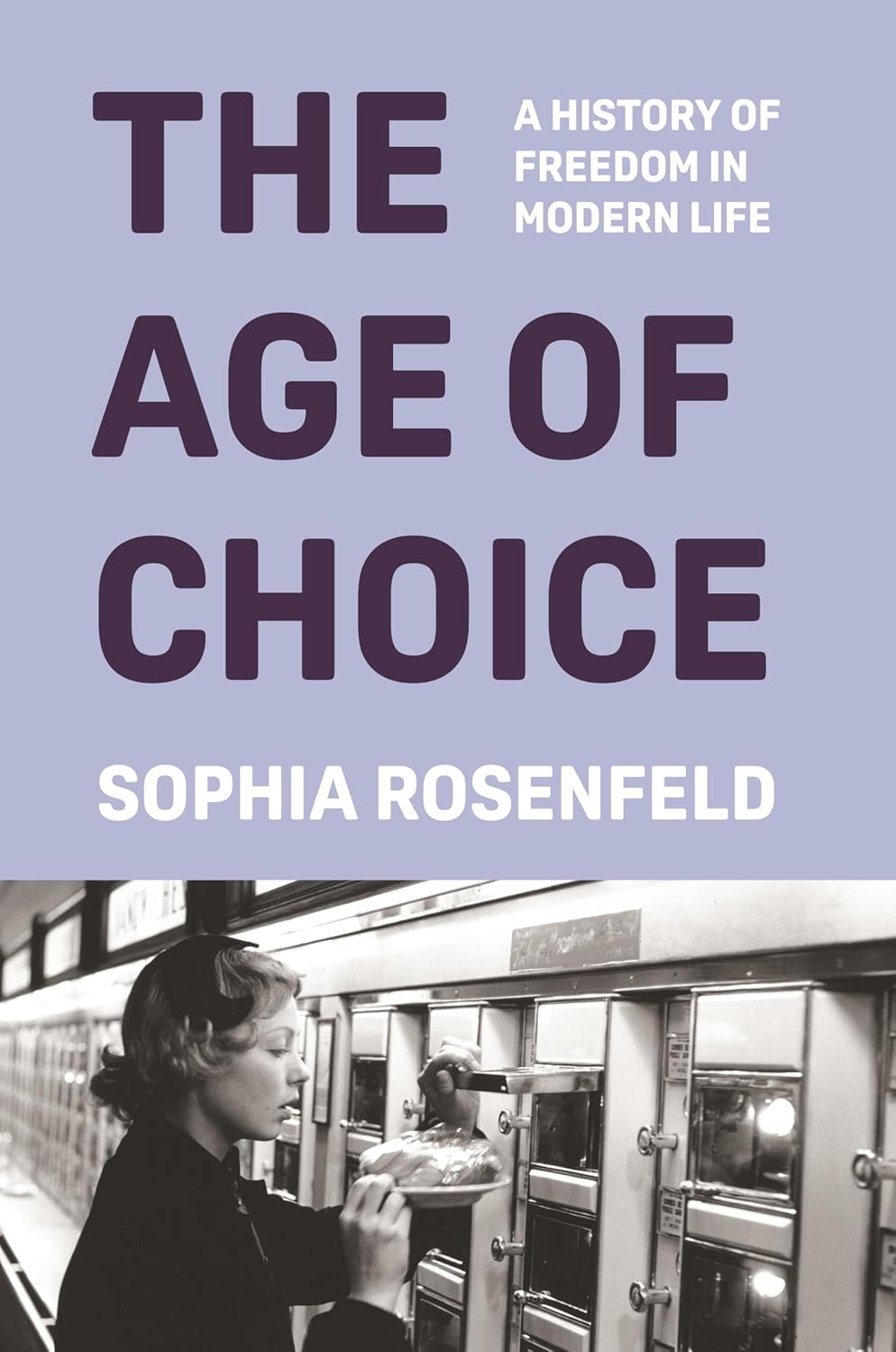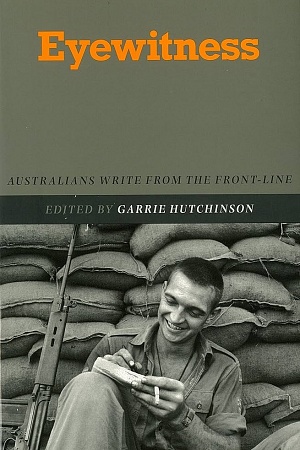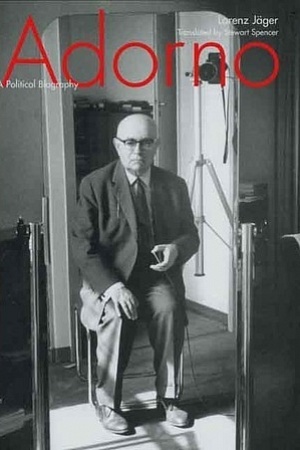Return to Gallipoli: Walking the battlefields of the great war
CUP, $39.95 pb, 297 pp
The pilgrimage market
Why does ANZAC day seem more popular now than forty years ago? Despite the thinning ranks of veterans, attendances at dawn services in most capital cities are up, crowds at the marches are large and enthusiastic, numerous historians and former members of the armed services seem to be running profitable battle-field tour businesses, and the desire of young Australian backpackers to include Gallipoli (particularly on Anzac Day) in their itineraries increases every year. This popularity is even more remarkable given that in the 1970s and early 1980s Anzac Day was a source of controversy and dissent: anti-war protestors, Vietnam veterans who felt excluded from the national ethos, indigenous Australians who felt their wars were overlooked and feminists determined to highlight the problem of women raped in war, all saw this national day of commemoration as an occasion to press their cause. The RSL did not respond well to these attempts to undermine the sanctity of the day. The re-emergence of Anzac Day as a site for unity and cohesion, particularly amongst younger Australians, is intriguing.
Continue reading for only $10 per month. Subscribe and gain full access to Australian Book Review. Already a subscriber? Sign in. If you need assistance, feel free to contact us.










Leave a comment
If you are an ABR subscriber, you will need to sign in to post a comment.
If you have forgotten your sign in details, or if you receive an error message when trying to submit your comment, please email your comment (and the name of the article to which it relates) to ABR Comments. We will review your comment and, subject to approval, we will post it under your name.
Please note that all comments must be approved by ABR and comply with our Terms & Conditions.